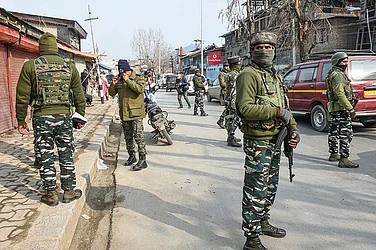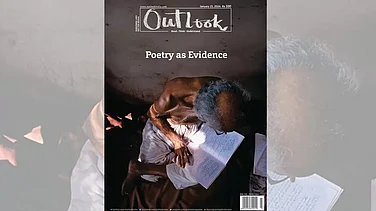More than two years after 13 people were killed when police fired on protestors opposing the expansion of Sterlite Copper’s Thoothukudi plant, the Madras High Court has ensured that India’s largest copper plant—shut down following outrage triggered by the killings—will remain closed. Rejecting Sterlite Copper’s arguments that the plant posed no threat to the environment, the court refused to allow its reopening. Ironically, the verdict came on the day the Ram Janmabhoomi Trust urged Indians to donate copper plates for the new Ram temple in Ayodhya. Copper is also a major ingredient of mobile phones and other electronic goods whose manufacture has been incentivised under the Modi government’s ‘atmanirbhar’ policy.
In 1997, following opposition from locals in Maharashtra and Goa, the then J. Jayalalithaa government in Tamil Nadu had permitted the factory to be set up in port town Thoothukudi. Ever since it began operations, the plant has met with protests by locals and environment activists, and even faced closure briefly after a toxic leak that was later traced to another factory. Both AIADMK and DMK governments have supported the plant’s operations at some stage before succumbing to popular pressure.
While the direct impact of the closure has been on the company’s nearly 4,000 employees, mostly locals, those engaged in ancillary trades like stevedores, freight forwarding agents, truckers and mechanics—nearly 20,000 people—have also suffered. The company hired nearly 1,000 trucks, including tippers, on a daily basis. “With regular trips from Sterlite gone, the regular income disappeared and I had to sell one of my two trucks,” says Sankara Nainar, who used to operate two trucks transporting Sterlite’s produce to Tuticorin Port. Spare parts dealers and auto mechanics have also been impacted adversely.
“Sterlite contributed at least Rs 600 crore to the local economy, and also accounted for nearly half of Tuticorin Port’s inbound and outbound traffic,” says Sterlite CEO Pankaj Kumar. “We also paid Rs 2,000 crore to the central and state governments out of our annual turnover of Rs 20,000 crore. India, which used to export copper, has now become a net importer after 18 years, causing a forex spend of Rs 18,000 crore.” When the plant’s contribution (40 per cent) to India’s copper production dried up, Pakistan’s copper exports to China went up from US$106 million three years ago to US$550 million in 2019. And as the state-owned Metallurgical Corporation of China is the main investor in Pakistan’s copper mines, China could negotiate a better landing price with Pakistan than with India.
Sterlite, meanwhile, has urged the state pollution control board to compare the present pollution level with that when the plant was operating. “Copper slag, a waste product from a similar plant in Hamburg, Germany, is used as paving blocks along a lake, but the same slag is alleged to be a pollutant here,” says Kumar. The final call now rests with the Supreme Court and that could take another six months.
By G.C. Shekhar in Chennai


























